Have been dragging out this post for like ages now, especially since I wanted this to be part of my IYOR mini-project series.... Guess that would have to wait (yet again), so that this entry doesn't end up being one of my to-be-blogged-but-never-made-it-onto-ASHIRA entries...
=======
Be it while walking the intertidals or while diving here in Singapore, the one organism that never ever fails to intrigue me (no matter how many times I see them) are the nudibranchs and their fellow seaslug relatives. Definitely WAY WAY WAY sexier than their landlocked slug relatives!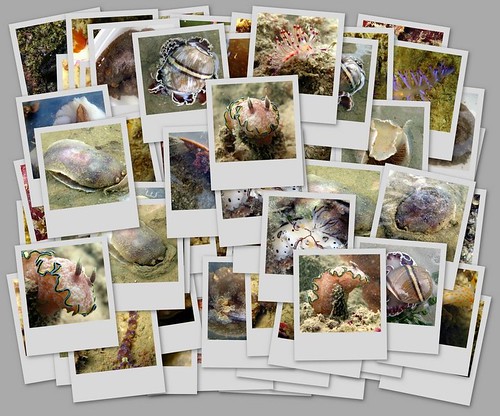
(1) Jorunna funebris ブチウミウシ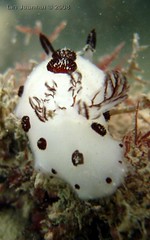
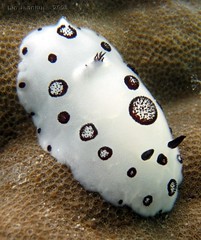
(2) Glossodoris atromarginata キイロウミウシ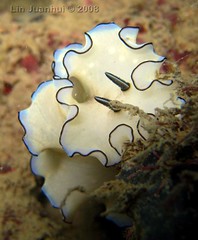
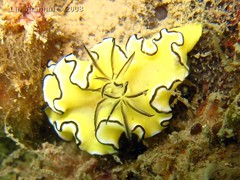
(3) Pteraeolidia ianthina ムカデミノウミウシ

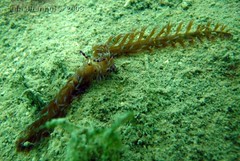
![IMG_0399 blue dragon [Pteraeolidia ianthina]](http://farm3.static.flickr.com/2208/2317787570_5467d1b96b_m.jpg)
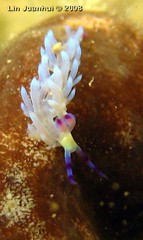
![IMG_0378 juv blue dragon [Pteraeolidia ianthina]](http://farm3.static.flickr.com/2332/2317786996_9d4ecf1e52_m.jpg)
http://flickr.com/photos/juanicths/sets/72157602810022239/
http://flickr.com/photos/juanicths/sets/72157602811360563/
Be it while walking the intertidals or while diving here in Singapore, the one organism that never ever fails to intrigue me (no matter how many times I see them) are the nudibranchs and their fellow seaslug relatives. Definitely WAY WAY WAY sexier than their landlocked slug relatives!

(1) Jorunna funebris ブチウミウシ


(2) Glossodoris atromarginata キイロウミウシ


(3) Pteraeolidia ianthina ムカデミノウミウシ



![IMG_0399 blue dragon [Pteraeolidia ianthina]](http://farm3.static.flickr.com/2208/2317787570_5467d1b96b_m.jpg)

![IMG_0378 juv blue dragon [Pteraeolidia ianthina]](http://farm3.static.flickr.com/2332/2317786996_9d4ecf1e52_m.jpg)
http://flickr.com/photos/juanicths/sets/72157602810022239/
http://flickr.com/photos/juanicths/sets/72157602811360563/



1 comment:
Wow wow wow! Thank you for the fabulous article.
I hope you don't mind that I have (again) shamelessly advertised it on the iyor blog.
Looking forward to more delightful articles about these fascinating creatures!
Thank you once again!
Post a Comment